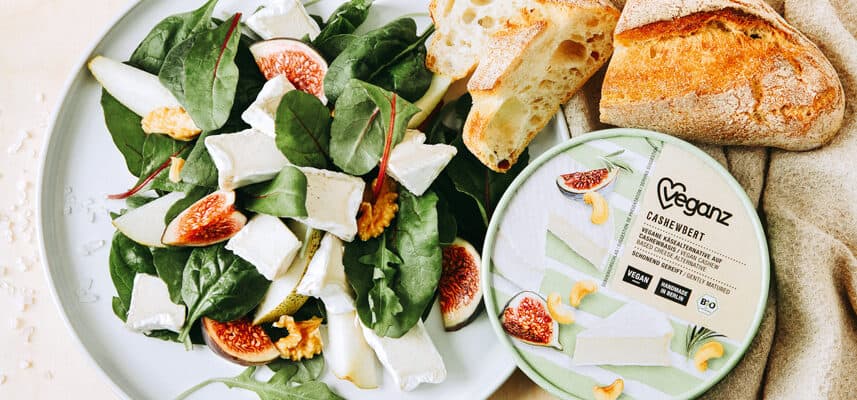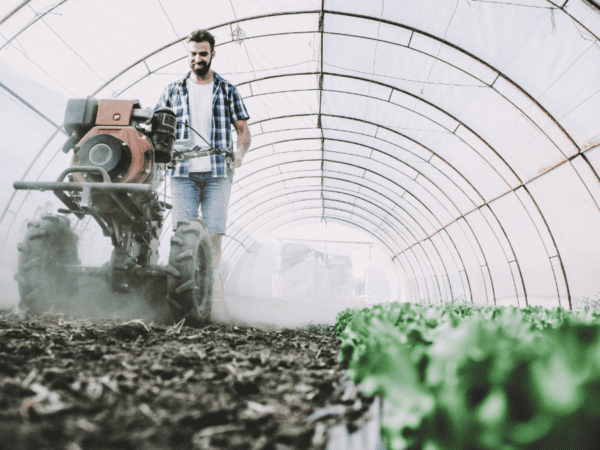


New eating habits, food waste, rising co2 emissions, international trade and higher commodity prices mean that the food sector needs to change course. But where is this development heading?
Dr. Björn P. Moller from the Fraunhofer institute for systems and innovation research ISI, Dr. Simon Berner, professor at the FH Joanneum in Graz, and Axel Davila Lage, industry manager for food & beverage Staufen AG, sat down at a virtual round table to discuss …
… sustainable future scenarios
As part of the EU-funded Fox project, the Fraunhofer Institute for Systems and Innovation Research ISI in Karlsruhe has published “Three Scenarios for Europe’s Food Sector in 2035.” What will the future of the food sector look like after that?
Moller: Based on trends that will continue to grow, we have come up with three different pictures of the future. They differ in who is driving the change toward greater sustainability. In the first scenario, it is politics. It provides regulations that are accepted by all. In the second scenario, society drives development with its motivation for a healthy, green lifestyle. In the third scenario, it is production and trade. Agricultural production is economic and successful, data is exchanged between those involved, with retailers having data power and control the food sector. The truth will probably lie somewhere between these scenarios.
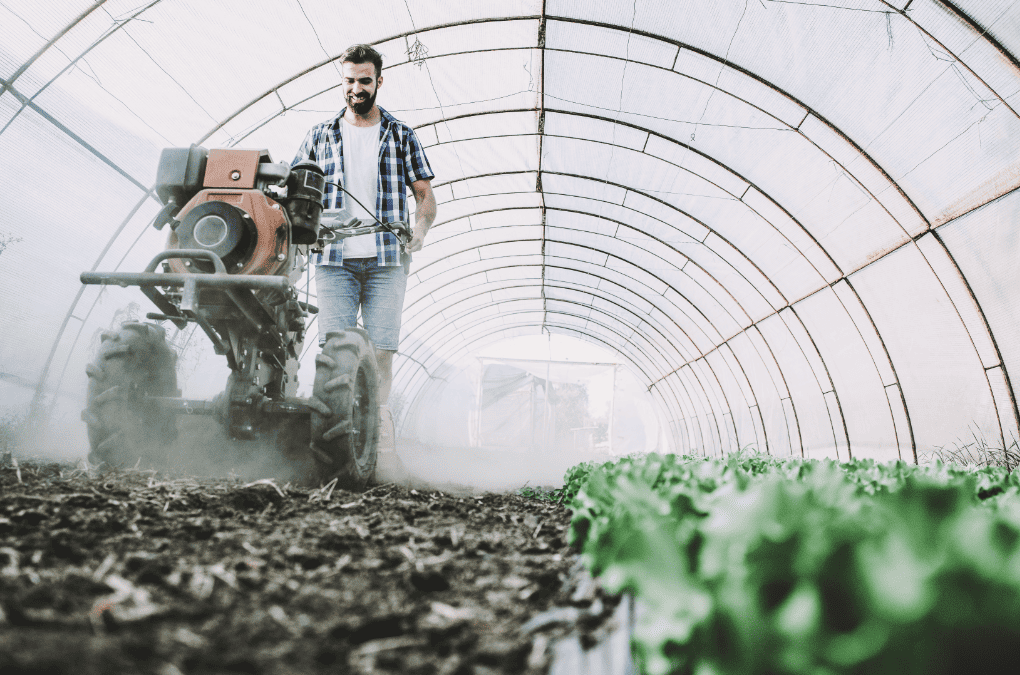
… shorter food chains
How important will decentralized production and shorter
transport routes be in the food sector in the future?
Berner: The food system as it exists today will eventually reach its limits. Shortened food chains will provide resilience and can bring economic benefits to those involved. But the trend toward more regionality develops differently from country to country. In Austria, regional food was more important than organic in previous years because customers demanded regional products. In Germany, organic has always been more important, but now that could change.
Moller: In the food sector, you can’t say across the board that all food needs to be traded locally. It depends on the product; one example of this is wine. But as a consumer, you naturally wonder why products that grow on your doorstep are transported 5,000 kilometers around the world.
Davila Lage: Decentralization will play an even greater role in the future. The sheer number of variants means that large-scale plants are already reaching their limits. Initial examples of decentralization can also be seen in Germany. By listing local bakers in retail stores or soy from Germany for meat-free products, production is being brought closer to the customer.
… the prices for food
What do local food cycles offer customers?
Berner: If we shorten food chains, many small, decentralized production providers would be integrated into the system. From growers to customers, many have the opportunity to benefit. But it also means that the food system would undergo restructuring. Food retailers would have to be organized to list regional products and small producers. This often means higher prices. If the price ends up being passed on to the customer through a unique selling point, such as regionality, that would be ideal, and everyone would win.
Moller: In this discussion, of course, there is always the question of who pays the prices and who is willing to invest more. Retailers can always say that they will offer organic or regional or sustainably produced products, but if the consumer does not value and pay for that, the industry is forced to produce cheaply again. But that is, of course, greatly simplified. Other projects we are conducting on these topics also discuss the question of where Germans should actually decide what they eat: at the store counter or in parliament? If you just leave it up to the consumer, it is always easy to end the discussion and say if there is no demand, then it is too expensive.
Davila Lage: When we talk about price, we still have a great deal of efficiency leverage in the system. A good example here is from the automotive industry. Toyota has managed to drastically reduce value stream losses such as transportation and overproduction, and thus significantly increase its value-added share. This makes it possible to increase customer benefits while maintaining the same price. If waste were also taken out of the “farm to fork” process, this would provide significant cost savings. This would also cushion the customer’s price sensitivity.
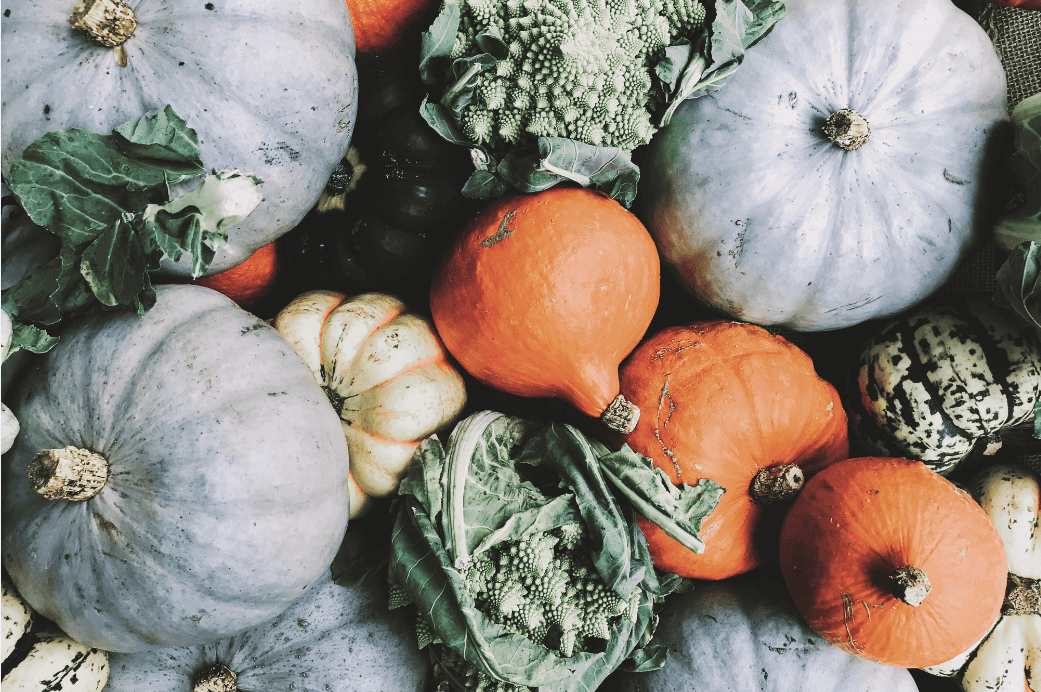


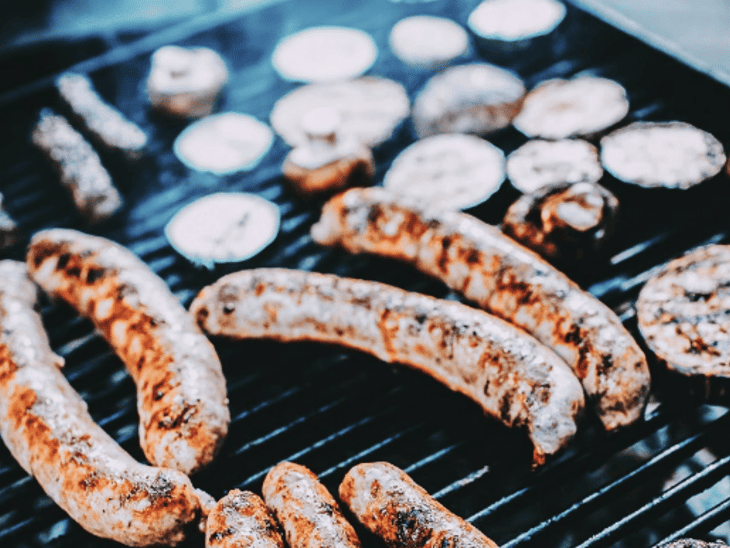
… a CO2 tax
What would a CO2 tax on sausage and meat mean?
Davila Lage: There would be an uproar. If pig farming were subject to CO2 certificates, it would no longer be profitable.
Moller: Then animal husbandry would largely move away from Germany and Europe. There would be no more fattening farms. The consumer could then choose between imported meat from China or to abstaining from meat consumption altogether.
Berner: You could price in the entire footprint, but if we make meat as expensive as it should be, then barbecue as we know it is over. When many people are no longer able afford it, we reach a system limit and this also has a strong social component.
… new research projects
FH JOANNEUM Graz and Fraunhofer ISI are some of the organizations participating in the EU project Fairchain. What is this project centered around?
Berner: It is a complex research project with quite a few partners in Europe trying to establish shortened food chains and support those involved in making it work. In the case study in Austria, we are working with farms from the fruit and vegetable growing sector. New products, processes and business opportunities are to be developed in a so-called food innovation incubator with the aim of establishing a local food supply system within a 30-kilometer radius by 2030.
Moller: Fraunhofer ISI accompanies the individual case studies and develops workshops for them on how to involve future users at an early stage. The topics, but also the maturity levels of the individual case studies, vary greatly. In Greece, for example, key information from a local cheese and yogurt production facility will be stored in a blockchain infrastructure to provide access to interested parties in a trustworthy manner.
… a sense of optimism in the food sector
How do you get stakeholders in the food sector to take
the plunge and take part in the change?
Berner: Startup support for agriculture, as in the Fairchain project,
is often an initial spark to optimize the process. If they are also offered a business model, such as an app that allows them to sell their
products directly, the risk for them becomes even smaller.
Davila Lage: There are young farmers who dare to do something
new, which are great startups, but the majority of the food industry
is still very conservative. We can only achieve this transformation if
those involved are willing to take a look at other industries and see
how they have managed it. There are several examples of how this
can be done well. Jan Bredack was a Manager at Daimler before he
founded Veganz.
Moller: That’s the big challenge in the food sector. All players must move at the same time: Policymakers must improve labeling, for example. Retailers need to enter the conversation. But customers must also change and be willing to pay more, then production and retail will follow suit.


